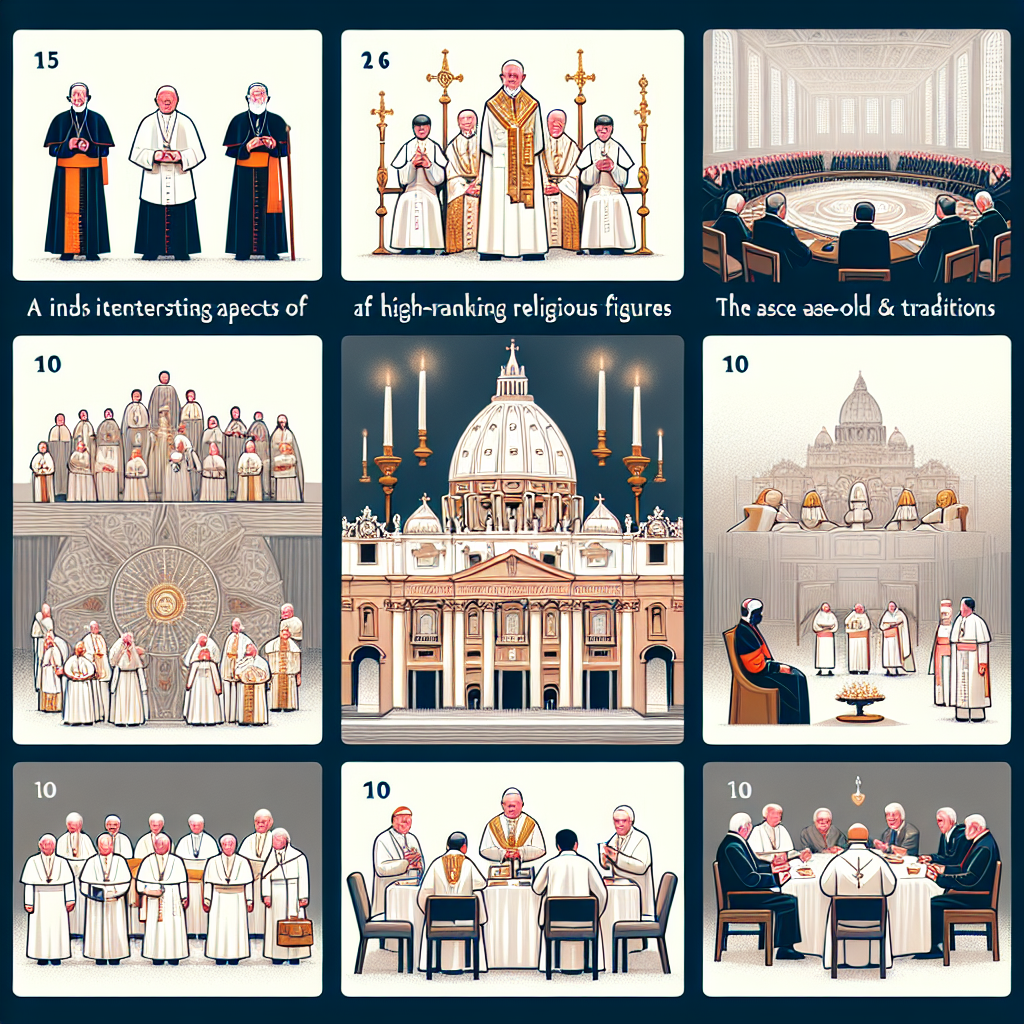Discover 10 Intriguing Insights into the Papal Conclave
Discover 10 Intriguing Insights into the Papal Conclave
Introduction to the Papal Conclave
The Papal Conclave is a fascinating and secretive process that captivates the world whenever a new pope is to be elected. This ancient tradition is steeped in history, ritual, and intrigue, offering a unique glimpse into the workings of the Catholic Church.
Key Insights into the Conclave
The Secrecy of the Conclave
-
The conclave is held in strict secrecy, with cardinals sworn to confidentiality.
-
All forms of communication with the outside world are prohibited during the conclave.
The Role of the Cardinals
-
Only cardinals under the age of 80 are eligible to vote in the conclave.
-
The number of cardinal electors is capped at 120.
The Voting Process
-
Voting takes place in the Sistine Chapel, renowned for its Michelangelo frescoes.
-
A two-thirds majority is required to elect a new pope.
Symbolic Traditions
-
White smoke signals the election of a new pope, while black smoke indicates no decision.
-
The newly elected pope chooses a papal name, often reflecting his vision or inspiration.
The Historical Significance
-
The conclave has evolved over centuries, adapting to changes within the Church and society.
-
It remains a pivotal event in the Catholic Church, influencing its direction and leadership.
Conclusion
The Papal Conclave is a remarkable blend of tradition, secrecy, and spirituality. It not only determines the future leader of the Catholic Church but also reflects the enduring legacy and adaptability of this ancient institution. Understanding these insights offers a deeper appreciation of the conclave’s significance and its impact on the global Catholic community.














